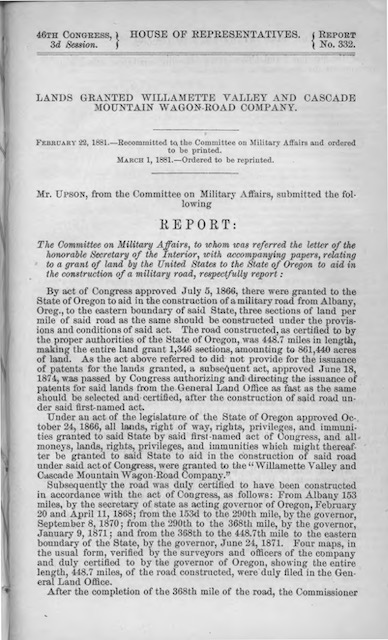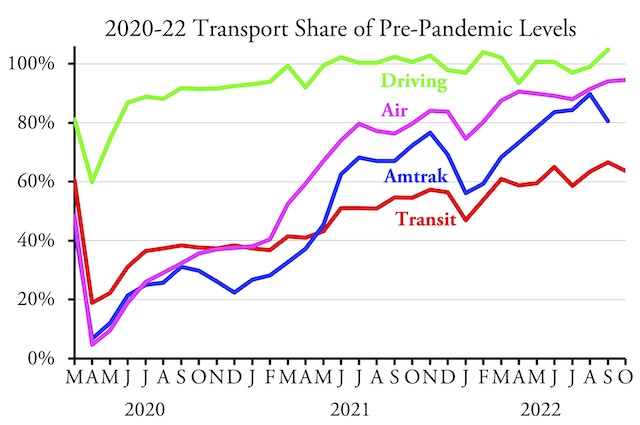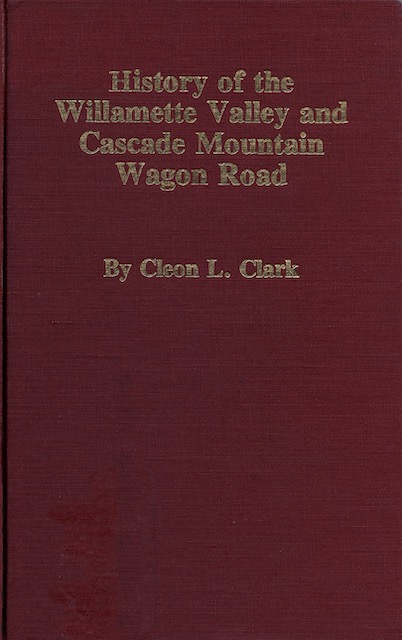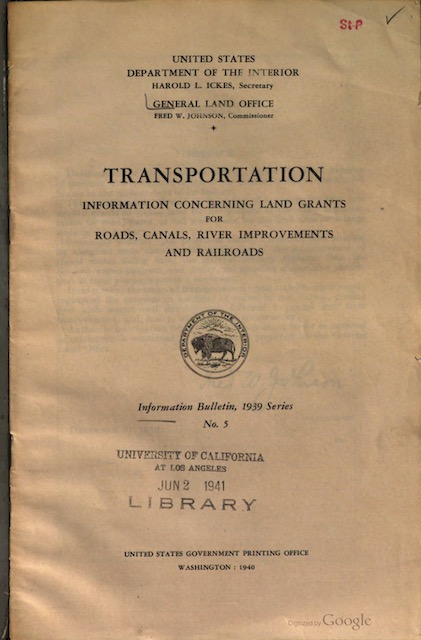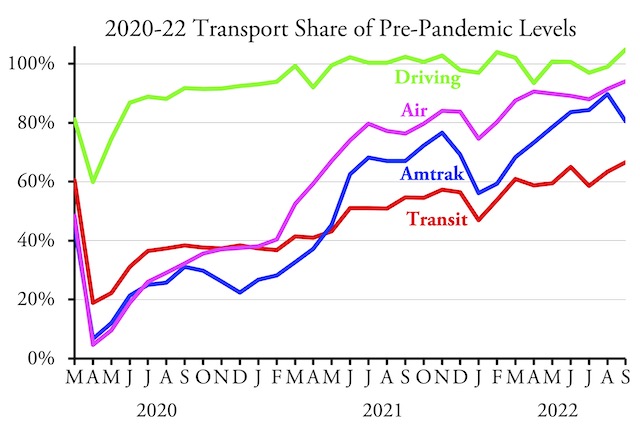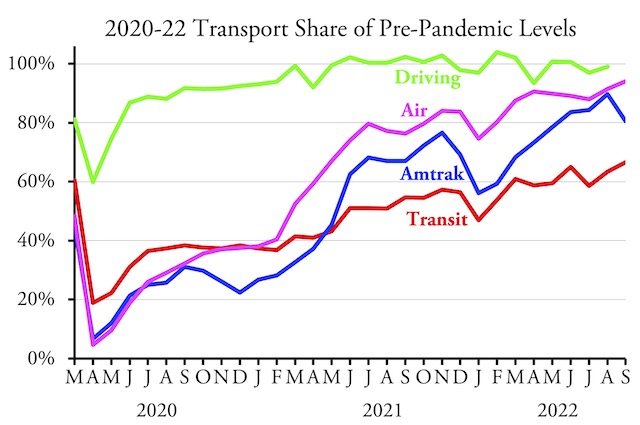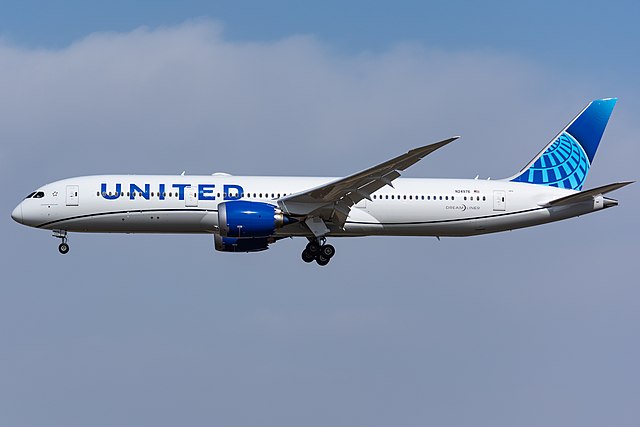Long before their title to the Willamette Valley and Cascade Mountain Wagon Road land grant was secure, the farmers and livestock owners who founded the company put the road and land up for sale. In 1871, they agreed to sell the company to someone named H.K.W. Clarke for just over $160,000 (about $4 million in today’s money), of which Clarke paid $20,000 and the rest was paid by someone named Alexander Weill.
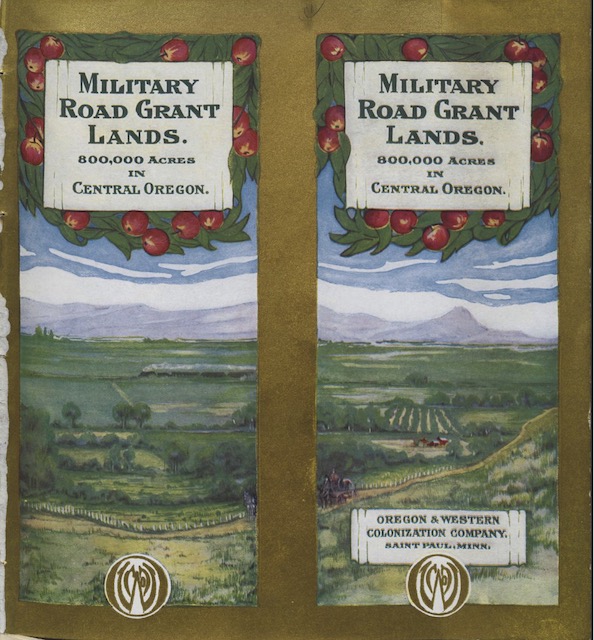 This 36-page booklet was used to try to sell lands from the WV&CM land grant. Click image to download a 26.5-MB PDF of the booklet, which is from the Harvard Library.
This 36-page booklet was used to try to sell lands from the WV&CM land grant. Click image to download a 26.5-MB PDF of the booklet, which is from the Harvard Library.
At the time, the company had received title to just 107,893 acres, or about one-eighth of the final grant, but since the governor had certified the entire road by 1871, both sides were confident that the company would get the rest. While $160,000 for 860,000 acres of land is only 18-1/2¢ an acre, it is a pretty good return for the company owners who probably spent less than $30,000 building and maintaining the road and got most or all of it back in tolls. Continue reading

